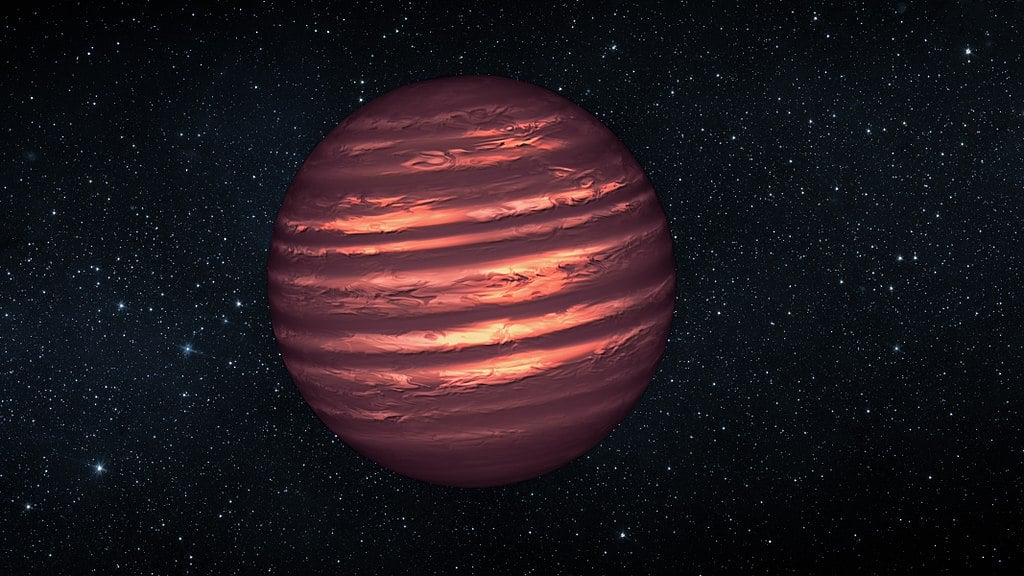For the first time in recorded history, we have have observed the birth of a brown dwarf – also known as a failed Star.
When taking a look at how planets are formed, scientists normally look at the protocols rotary disk around a young star.
Around 699 light years away, the Star CS Cha in the small constellation of Chamaeleon 8 is a low-mass Star in the process of forming. Scientists were hunting for planets, and it’s possible that we stumbled upon the birth of a brown dwarf in the process.
Essentially, whenever you have a molecular cloud of gas that is big enough, there’s the potential for the formation of a new Star. If the cloud gets cool enough, it would start to collapse and attract matter. CS Cha is an example of this phenomenon and is built around a binary star that is starting to form.
Researchers using the SPHERE instrument at the Very Large Telescope based in Chile measured the system in hopes of finding new planets, but they may have stumbled on a brown dwarf instead.
In the way stars normally work; emitted light comes out unpolarized with the distribution and orientation of electric and magnetic fields being random. When the light bounces off another object, however l, it becomes polarized.
With the original starlight being unpolarized and later becoming polarized by interacting with the protoplanetary disk, the scientists discovered a small object in infrared scanning. The brightness of the object appeared to be a low-mass brown dwarf that was, surprisingly emitting polarized light rather than unpolarized as would be expected.
A brown dwarf would have light that is lightly polarized, but shockingly the object observed seemed to have a polarization or around 14% rather than the expected 1%. There are very few objects in the known universe that can emit such a degree of polarized light, so it astounded the team of researchers led by Christian Ginski.
Originally, the team believed that this supposed brown dwarf might actually be a distant background galaxy emitting highly polarized light. This possibility was investigated, however, and it turns out that the brown dwarf was actually a companion of the system rather than part of a different galaxy altogether.
According to Ginski himself in a news release:
“The most exciting part is that the light of the companion is highly polarized. Such a preference in the direction of polarization usually occurs when light is scattered along the way. We suspect that the companion is surrounded by [its] own dust disc. The tricky part is that the disc blocks a large part of the light and that is why we can hardly determine the mass of the companion.”
Because of the difficulty of determining the mass of the brown dwarf, it’s not easily possible to determine whether it’s some sort of planet or truly the first time we’ve witnessed the birth of this type of star. It does, however, mark the first time we have discovered a polarized companion outside of the protoplanetary disk – leaving astronomers excited about this new mystery.
In order to find out more about the brown dwarf, the research team had plans to observe the area at longer wavelengths at a different observatory using ALMA: the Atacama Large Millimeter/submillimeter Array.
Hopefully with the increased technology available from ALMA we may be able to learn more about this mysterious event that may very well be the formation of a brown dwarf.





